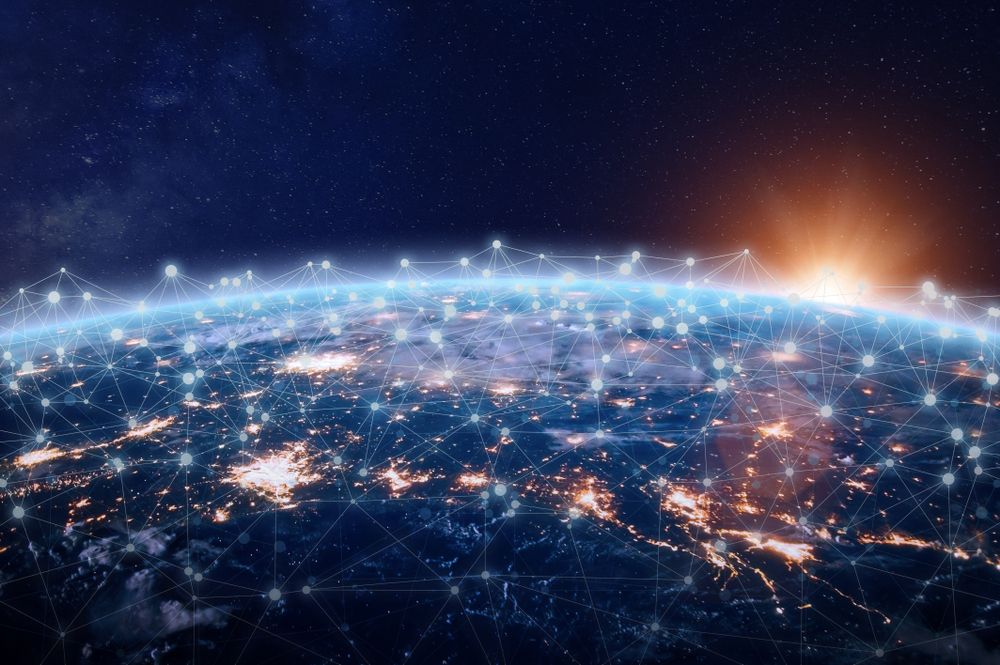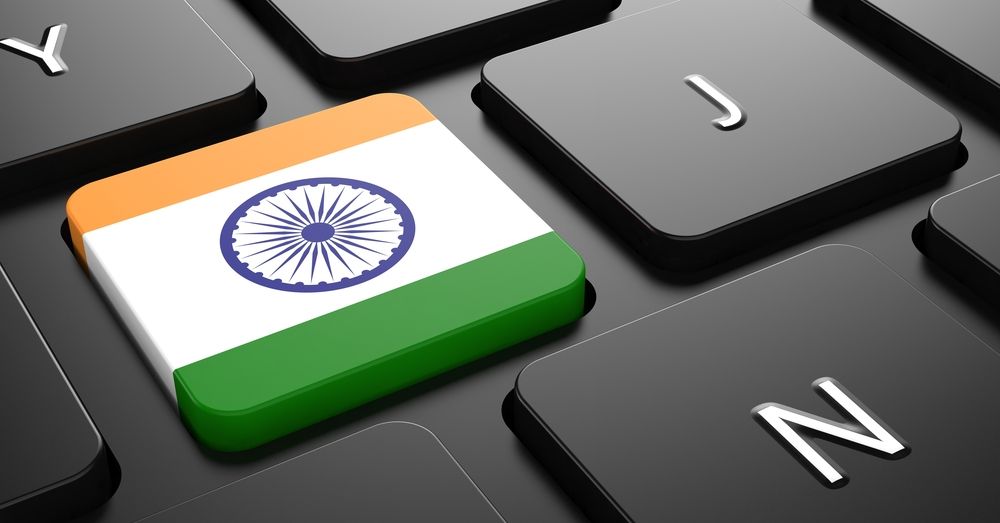India is advancing very fast in the digital economy. India is now in the most important phase of its digital revolution. A large part of the country has accepted digital payments and is fine with video calling. Taking into account the new normal, educational institutions are transferring education to the internet. Going beyond the mainstream, people are looking at other alternatives to a conventional life.
By 2023, India will have 800 million Internet users!
India is emerging as a profitable market for data centre operators. With more than 560 million internet users, India has become the world's second-largest online market, behind only China. Despite the high number of internet users in the country, only 50% have been covered till 2020. Internet accessibility has steadily increased.
1. Mobile Connectivity
In 2018, India accounted for 29% of the total population, accessed mobile internet. It is expected to reach 35% in 2023, a marginal increase in mobile Internet users in the country.
- During the lockdown, due to the Covid-19 pandemic, each user consumes 11GB of data per month in India. On the other hand, about 10% of primary data users have elevated their existing Internet packs to unlimited or higher data for online movie streaming, gaming, and other needs.
- Although Internet users in rural areas are higher than in urban areas, there are plenty of rural development headrooms. About 70% of rural people do not have access to the internet. If we increase internet facilities in rural areas, then the number of internet users will increase.
- Telecom experts believe that Jio telecom has helped increase the number of mobile Internet users in India. It has reduced per GB data in data to less than half a dollar. Jio has made data more accessible and affordable, allowing the internet to reach a large proportion of the Indian population.
2. The path to digital India
As digital abilities evolve, and connectivity becomes ubiquitous, technology is all set to effect a rapid and revolutionary change in almost every sector of the Indian economy. It will have multiple positive outcomes for the growth of foreign investment, domestic digital framework, the improvement of the MSME sector, and the overall advancement of the country's economic growth.
- The public sector has acted as a powerful spark for the expeditious digitisation of India. The government's exertion to build up the national biometric digital identity program has played a major role. Since its inception in 2009, Aadhaar has registered 1.2 billion people, forging it the world's single largest digital ID program, accelerating other digital services.
- The private sector innovation has helped millions of consumers access the internet and make online access easily available.
For example, Reliance Jio's scheme of bunching virtual free smartphones, including mobile-services subscriptions, has encouraged innovation.

3. Mobile payments market
The growth of digital prices in India has started to grow immensely. Various online payment companies have sprung up, including Bharat QR, Bharat Bill Payment System, PhonePe, Paytm, Google Pay.
- India's expanding digital payments market, characterised by competitive points such as demonetisation and UPI launch, is growing further due to the pandemic and is expected to account for about 2.2% of the global digital payments market.
- On the way to the uprising, the value of the transaction by 2022 could strike the $12.5 trillion mark. The report estimates that India's Unified Payment Interface (UPI) will reach the 59 billion mark by 2030.
- The pandemic has also spread to new drifts in the Indian digital payments industry, comprehending the rise of anonymous payments, and merchants are looking to merge their online and offline business to furnish their customers with a multi-channel experience.
4. Impact of digital surge due to Covid-19
Internet usage has increased from 50 to 100 percent for lockdowns. Everything is being digitised, which has transformed firms, educational institutes, and everything into work-from-home.
- As the pandemic spread, almost all areas implemented lockdowns, all necessary human intercommunication and institutional activities of schools, offices, colleges, airports, public transports, shopping malls, have shifted to the digital platform.
- People are doing office work through video conferencing. Various applications have sprung up on the play store. People are using multiple applications like Google Meet, Zoom for work purposes.
- The change came suddenly without any plan. We did not get any opportunity to prepare or implement. We have had to try to adjust and find new ways that have never existed before.
- Education is another zone, where there is a dramatic switch to the online mode of transaction. School, college, university, everything is closed from the beginning due to lockdown, so education is being imparted through video conferencing platforms like Zoom and Google Meet. Some Institutions are now shifting to fully online mode for the upcoming academic year.
5. Rise in Online Viewership and Data Consumption
Who likes to be at home all the time and doing nothing? We get bored easily. We always need entertainment.
- The number of people watching TV has been declining over the past few years. The number has come down a lot more with people having smartphones in their hands. Now people do not watch content on TV, they have reached out online.
- 50% of users are spending more time on YouTube, Facebook, Instagram, of which 70% of viewership comes from the 18 to 35 age group. According to last year's industry report, it is estimated that India will have one billion digital users by 2030.
- People are spending more time online due to the convenience of working from home. Broadband usage has increased, and so has the rate of information search online. Having a smartphone has made watching movies much easier now. The future destination of entertainment is not the living room but on your smart phones.

Conclusion
The digital uprising opens the door to the common man, removes the manacles of administration, and paves the way for success. The advent of the internet and mobile technology has changed our lives so much that the way we present ourselves as a civilisation has also changed completely. With long strides, India is marching straight towards becoming a digitally developed country.
Also read:
Digitalisation - The next step in the evolution of Digital India
Digitalisation in Business – How it Changed the Buyer-Seller Equation?
Internet in India: Is it cheap or expensive? History, Current Scenario & More
FAQs
Q. How can the government use digitalisation to empower its citizens?
Ans: Motivated through technology, e-Governance is altering civic services by furnishing access to information, amalgamating various systems and services between government and citizens, thereby strengthening and boosting citizens' social, environmental, and economic values.
Q. How can we make India digital?
- Broadband coverage Highways.
- Universal access to mobile connectivity to cover remote villages.
- Reforming India through technology.
- Electronic delivery of services.
- Information for all.
- Electronics implementations.
- Providing skills and training to enable youth to find jobs.



![Series Funding [Types, How it works and More!]](https://okcredit-blog-images-prod.storage.googleapis.com/2021/02/seriesfunding1.jpg)
